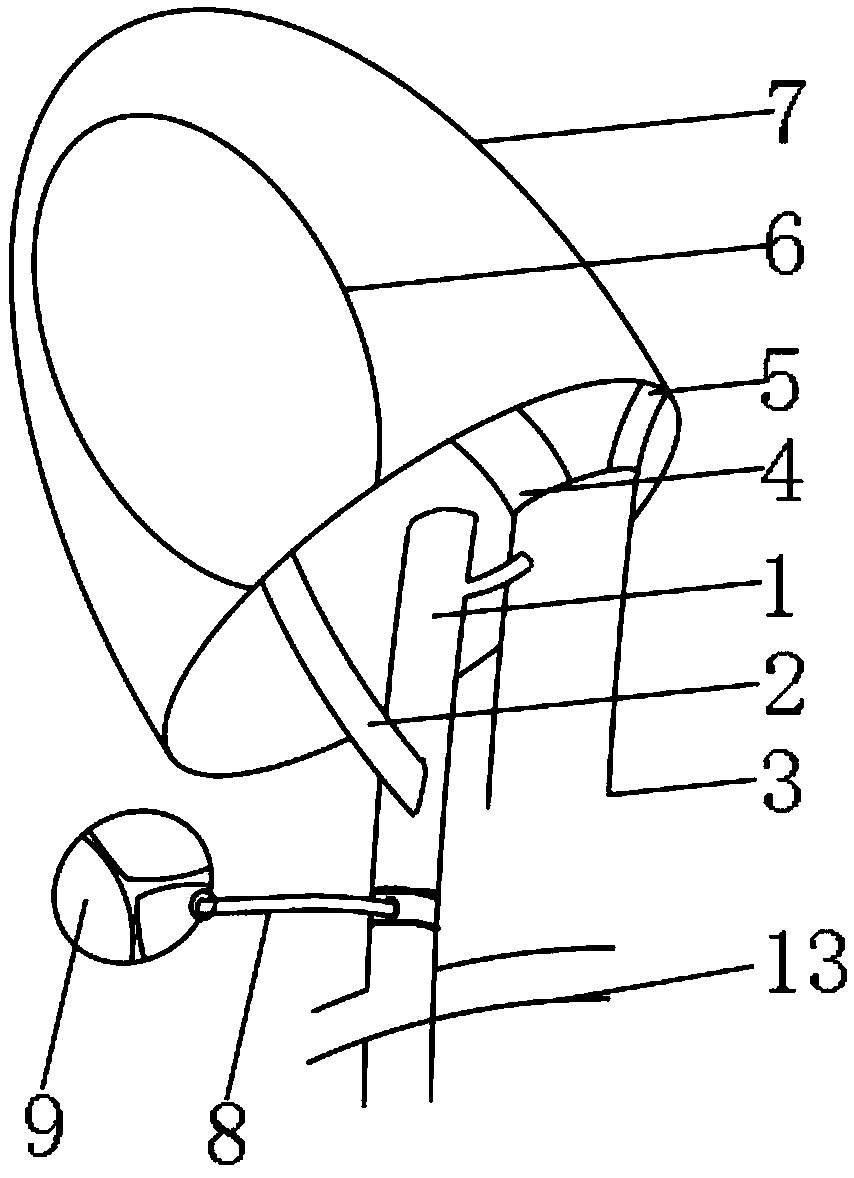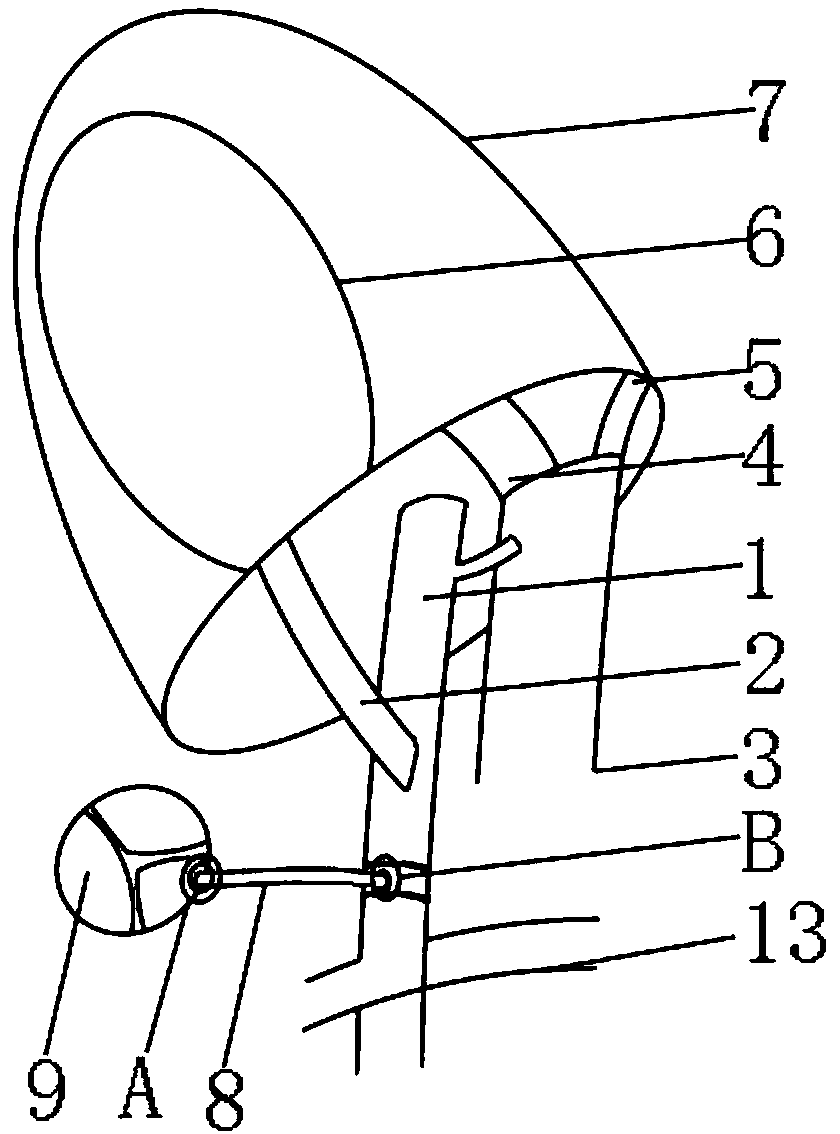Novel biliary obstructive liver fibrosis model
A liver fibrosis and obstructive technology, applied in the medical field, can solve the problems of death, rapid increase of intrahepatic bile volume, liver failure in small animals, etc., and achieve good results.
- Summary
- Abstract
- Description
- Claims
- Application Information
AI Technical Summary
Problems solved by technology
Method used
Image
Examples
Embodiment Construction
[0017] The following will clearly and completely describe the technical solutions in the embodiments of the present invention with reference to the accompanying drawings in the embodiments of the present invention. Obviously, the described embodiments are only some, not all, embodiments of the present invention. Based on the embodiments of the present invention, all other embodiments obtained by persons of ordinary skill in the art without creative efforts fall within the protection scope of the present invention.
[0018] Such as Figure 1-4 As shown, a new type of bile duct obstructive liver fibrosis model, including the common bile duct 1, is characterized in that: one end of the common bile duct 1 is provided with a cystic duct 2, and one side of the cystic duct 2 is provided with a proper hepatic artery 3. The upper end of the cystic duct 2 is provided with a bile body 6, one end of the common bile duct 1 is provided with a pressure drainage tube 8 on the side close to th...
PUM
 Login to View More
Login to View More Abstract
Description
Claims
Application Information
 Login to View More
Login to View More - R&D
- Intellectual Property
- Life Sciences
- Materials
- Tech Scout
- Unparalleled Data Quality
- Higher Quality Content
- 60% Fewer Hallucinations
Browse by: Latest US Patents, China's latest patents, Technical Efficacy Thesaurus, Application Domain, Technology Topic, Popular Technical Reports.
© 2025 PatSnap. All rights reserved.Legal|Privacy policy|Modern Slavery Act Transparency Statement|Sitemap|About US| Contact US: help@patsnap.com



